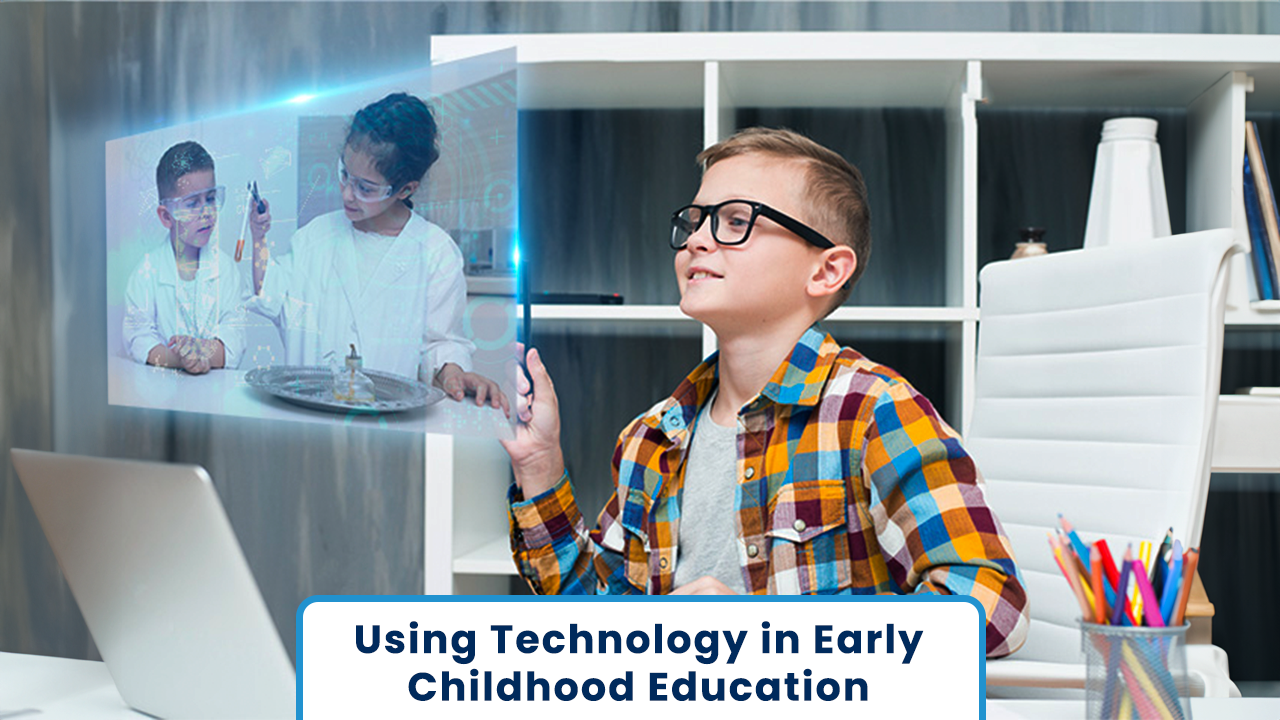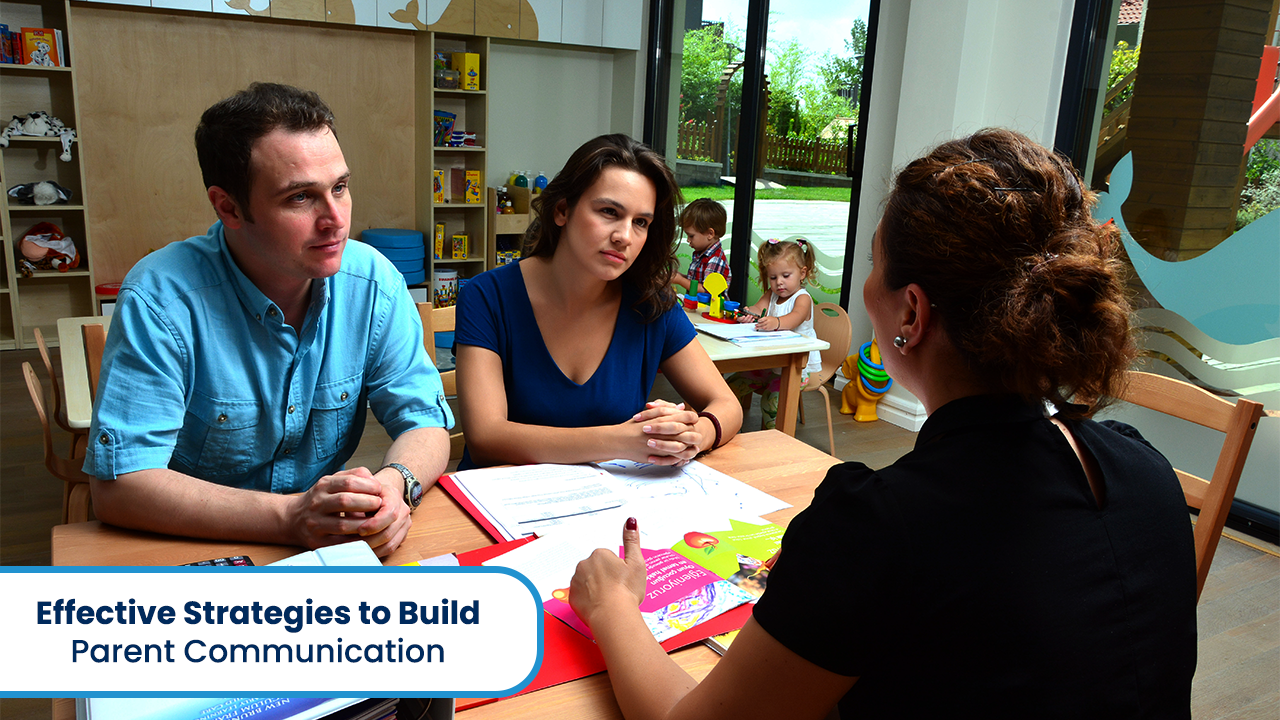
In a world dominated by rapidly evolving technology, even our youngest learners aren’t left untouched by the digital age. Today, smart devices are as ubiquitous as crayons and storybooks, paving the way for a new era in early childhood education. While traditionalists might be wary of integrating technology into the formative years of learning, research suggests a goldmine of potential is waiting to be tapped. This blog post delves deep into the advantages, challenges, and methodologies surrounding using technology in early childhood education.
Advantages of Using Technology in Early Childhood Education
As the digital age permeates every aspect of our lives, its influence on early childhood education is undeniable and transformative. Embracing technology in these foundational years presents many opportunities to enhance learning experiences. Dive into the compelling advantages of integrating technology into the tapestry of early education.
Individualized Learning Experiences:
Technology allows for personalized learning pathways. Apps and educational software can adapt to a child’s learning pace and style, offering lessons and challenges suited to their individual needs.
Enhanced Engagement:
Interactive games and colorful digital content can capture a child’s attention more effectively than traditional methods. When learning becomes fun children are more likely to engage and retain information when learning becomes fun.
Development of Digital Literacy:
Exposing children to technology early on prepares them for a future where digital skills will be essential. They develop familiarity with devices, interfaces, and basic digital navigation.
Access to a World of Resources:
Technology connects young learners to a plethora of resources. The range of content available is vast and varied, from online libraries to interactive e-books and educational videos.
Collaborative Learning:
Many ed-tech tools promote teamwork and collaboration. Children can work on joint projects, share their discoveries, and learn the importance of team dynamics from a young age.
Instant Feedback:
Instant feedback is one of the most important advantages of using technology in early childhood education. Digital platforms often provide immediate feedback. This allows children to understand and correct their mistakes promptly, reinforcing positive learning behaviors.
Support for Children with Special Needs:
Assistive technologies can cater to children with disabilities, offering them customized learning solutions. For example, children with hearing impairments can benefit from visual-based learning tools, while those with visual impairments might benefit from audiobooks or tactile interfaces.
Environmental Benefits:
Digital resources reduce the need for paper-based materials, which is a more sustainable and environmentally friendly approach to education.
Facilitation of Creativity:
Technology provides children with platforms to express themselves creatively and develop their artistic talents, from digital art tools to music apps. Read More About Encouraging Creativity and Imagination in Children in Daycare
Parental Involvement:
Apps and platforms often come with monitoring tools that allow parents to track their child’s progress, ensuring a more collaborative approach between home and school.
Top 5 Challenges of Using Technology in Early Childhood Education
- Over-reliance on Screens:
Too much screen time can be detrimental to young children’s physical health, potentially leading to issues like poor posture, eye strain, and reduced outdoor play. Moreover, excessive screen exposure can impact cognitive and social development.
- Digital Distractions:
The vast world of the internet means children can easily stumble upon inappropriate content or become sidetracked from educational tasks, making it challenging to ensure focused learning.
- Equity and Access:
Not all children have equal access to technological devices and high-speed internet. This disparity can lead to significant differences in student learning experiences and outcomes.
- Data Privacy Concerns:
Young learners are especially vulnerable online. There’s a risk of misusing or exposing their personal data if educational platforms lack robust security measures.
- Teacher Preparedness:
Not all educators are confident or well-trained in integrating technology into their teaching methods. Without proper training and support, they may struggle to harness the full benefits of ed-tech tools or misuse them.
Addressing these challenges requires a thoughtful approach, ensuring that technology serves as an aid to education rather than a hindrance.
Methodologies and Best Practices for Using Technology in Early Childhood Education
Blended Learning Approach:
Technology should complement traditional learning methods instead of replacing them. A blended approach mixes tech-based activities with hands-on, offline activities, ensuring a holistic learning experience. For instance, children can be encouraged to draw or act out what they learned after a digital story session.
Age-appropriate Content Selection:
Always ensure that the digital content aligns with the child’s developmental stage. Use platforms and apps designed specifically for early childhood education, which prioritize age-appropriate themes, interactions, and challenges.
Active vs. Passive Engagement:
Prioritize tools and apps that promote active engagement over passive consumption. For instance, interactive problem-solving games are more beneficial than just watching an animated video. The goal is for children to think, interact, and create using the technology.
Routine Digital Breaks:
Schedule regular intervals where children can take breaks from screens. This helps to reduce eye strain and promotes physical activity. For instance, after 20 minutes of digital activity, children can be guided to do physical exercises or an offline task.
Ongoing Monitoring and Parent-Educator Collaboration:
Keep an open line of communication between educators and parents. Together, they can monitor the child’s progress, share observations, and ensure safe and productive technology usage. Regular feedback can also help in tweaking the tech-integration strategy for maximum benefit.
By adhering to these methodologies and best practices, educators can harness the advantages of technology while mitigating potential pitfalls, ensuring that young learners get the best of both the digital and traditional educational worlds.
Concluding Thoughts: Navigating the Digital Landscape of Early Learning
In the evolving world of education, integrating technology in early childhood settings is not just a trend but a transformative shift. While the advantages of this integration promise enhanced learning experiences, challenges do arise, demanding our attention and adaptation. By adopting proven methodologies and best practices, we can craft a balanced educational journey that combines the wonders of technology with the essence of traditional learning. As we venture further into the digital age, let’s remain committed to harnessing technology not as a replacement but as an enabler, enriching the foundational years of our young learners. The future beckons, and with thoughtful approaches, we ensure it’s bright for every child.


